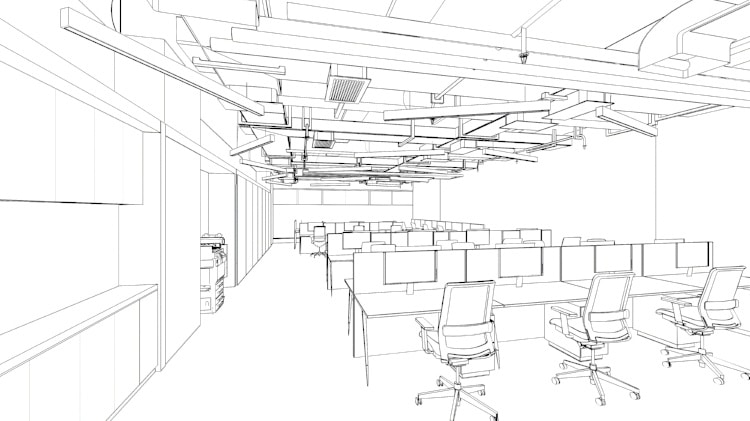Unquestionably, one of the most anxiously anticipated business announcements for 2018 continues to be which North American city Amazon will choose as the site of its $5 billion, eventual 50,000-employee HQ2. One reason why the ecommerce giant needs a HQ2 is that the company has outgrown its 8.1 million-square-foot Seattle HQ1, and there’s simply not enough land left in that city to expand.
That begs the question, can’t Amazon just build up? There are not giant swaths of land available in major cities like New York or Boston, either. But that doesn’t stop businesses from expanding. The answer to the question is, yes Amazon could build up. It’s choosing not to, because going horizontal (ie: building “landscrapers” instead of skyscrapers) is a growing trend in office design.
Big Names are Championing This Trend
Apple’s 175-acre, 12,000-employee Cupertino, CA, spaceship-inspired Apple Park campus doesn’t just house employees, it also houses its own Visitor Center, complete with shopping and dining opportunities. Amazon’s current downtown Seattle campus has a 40,000-plant tropical forest where employees can commune with nature. Google’s planned 4,000-employee London headquarters will include a swimming pool and running track, in addition to other amenities.
These companies have chosen campus like workspaces that cover vast areas, rather than skyscrapers with the company expanding between many floors.
Another reason why this trend is primarily confined to the biggest companies is that creating a campus-style workplace only makes sense if a company’s workforce is large enough to justify that. Creating multiple buildings over multiple acres wouldn’t be financially feasible for a company employing fewer than 100 employees; or fewer than 1,000.
Why More Companies are Concluding Building Out is Better than Building Up?
This landscraper trend is driven by the same thing that drives so many other office-design trends: the desire to promote a collaborative work environment. When employees are encouraged to interact in the office and outside the office – while walking from one building to another in a campus setting, there’s more of an opportunity for innovation. When accounting is located on the 16th floor (and has its own break room, restrooms, etc.) and customer service is located on the 8th floor, there’s little opportunity to mix and mingle in an organic way. This mixing and mingling leads to conversations, and ideas, that wouldn’t otherwise occur.
Additionally, building out rather than up removes the sense of a corporate hierarchy and is less likely to lead to a toxic “us versus them” culture that pits one department against another. From a construction standpoint, having plenty of horizontal space to work with is far less constrictive than having a finite vertical footprint to work with.
The huge campus-style workplaces of Google, Apple, Amazon and other major corporations aren’t possible for most small to mid-sized companies – or even for very large companies in cities with limited space, like New York. However, in 2018 more organizations will do what they can to emulate these campus to the degree its possible. This may mean opting for spaces with larger floor plans on a single building level so they can avoid splitting employees up between floors.







